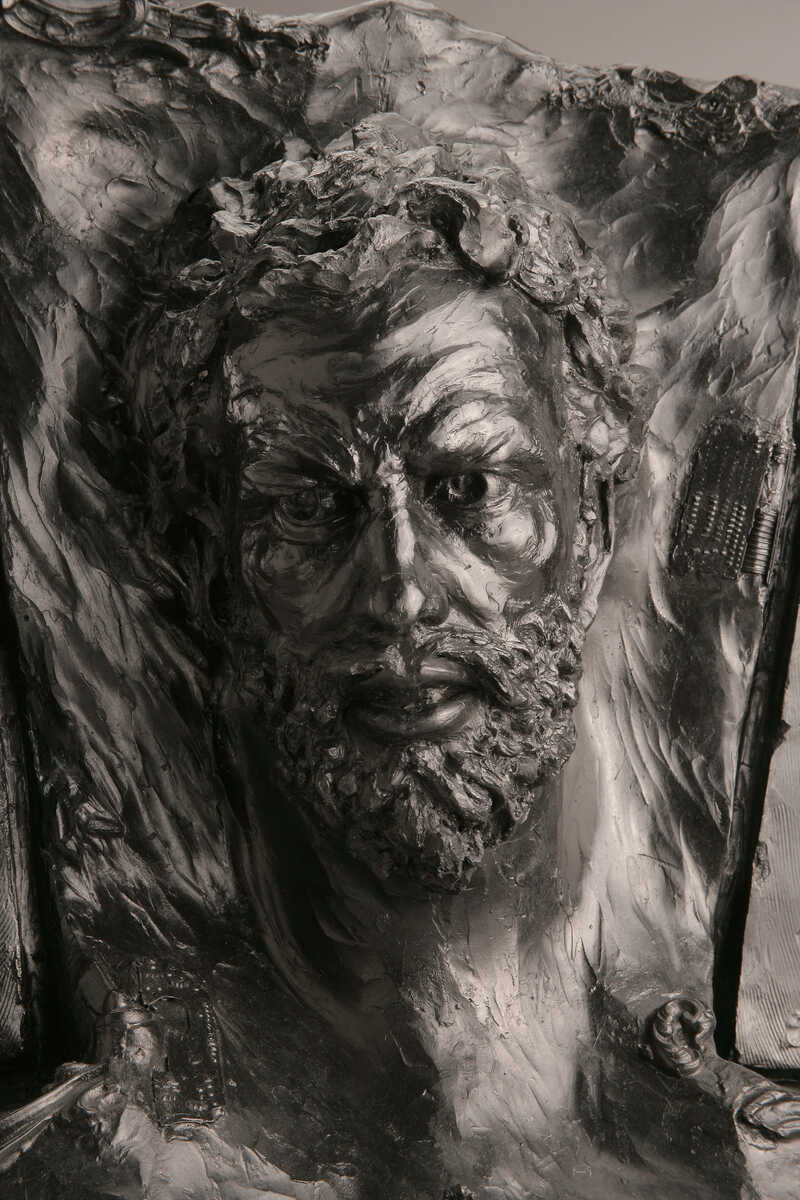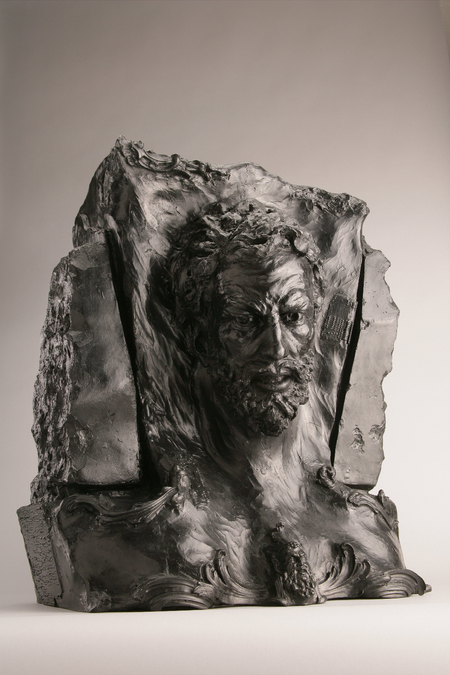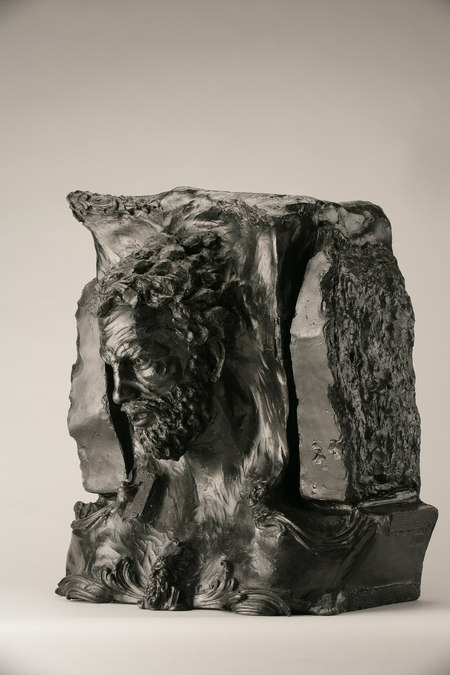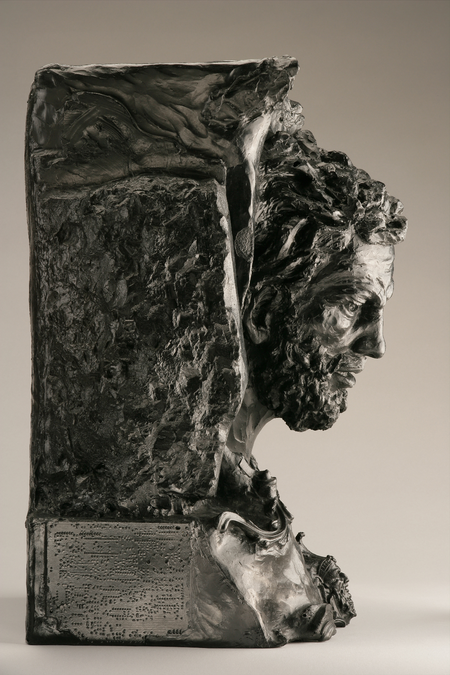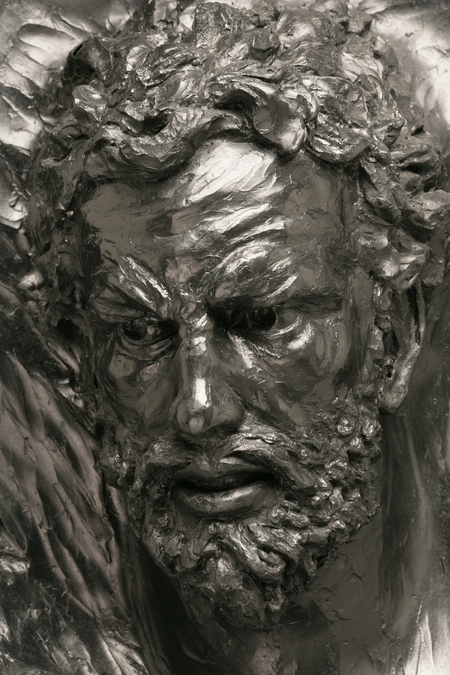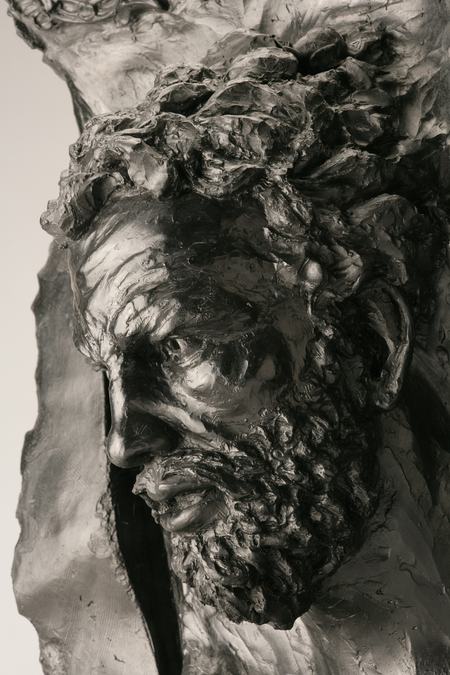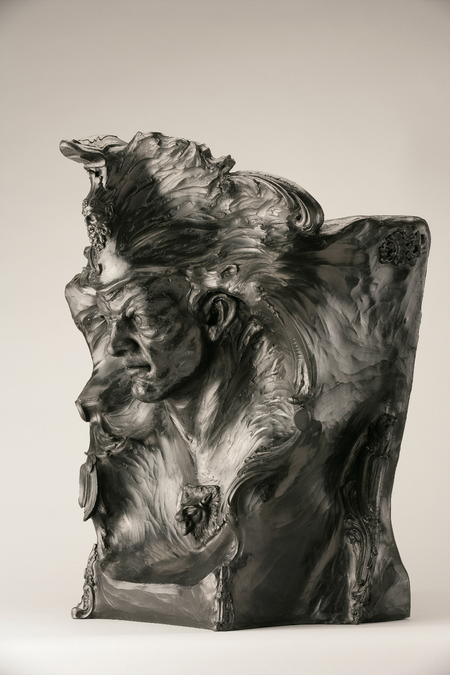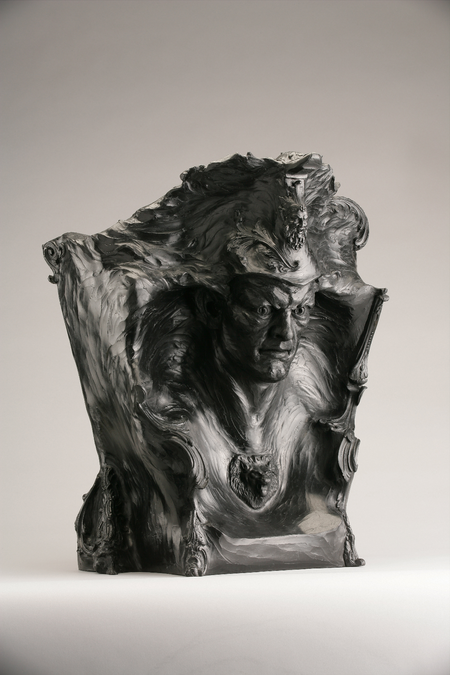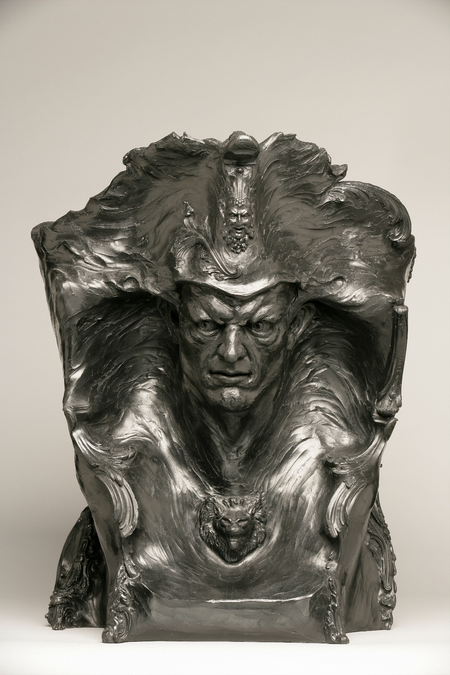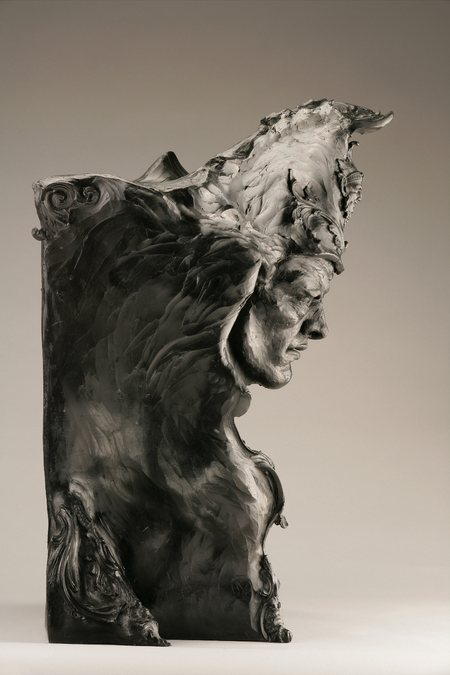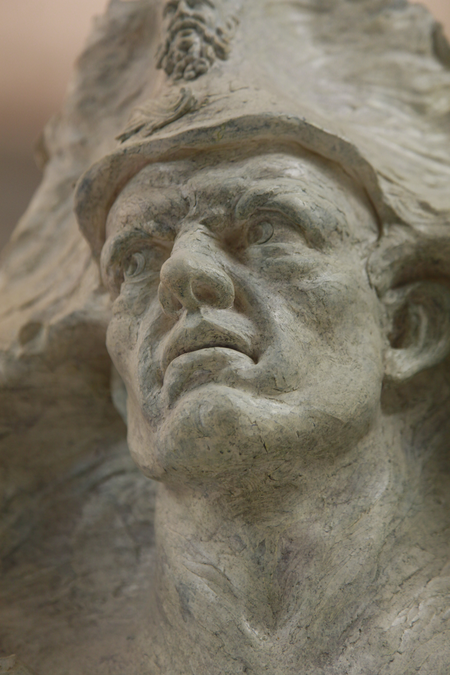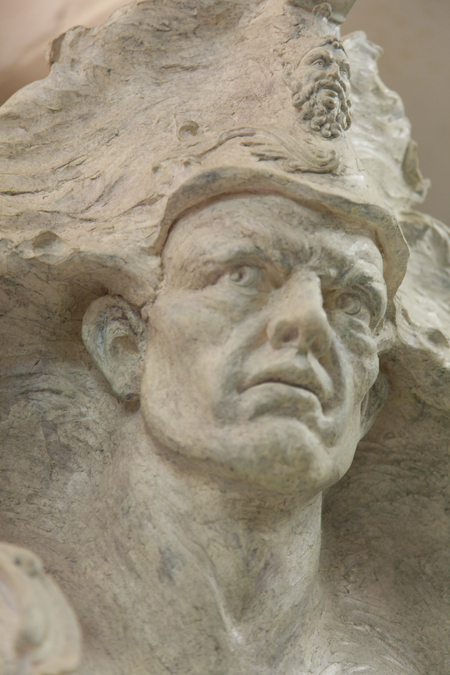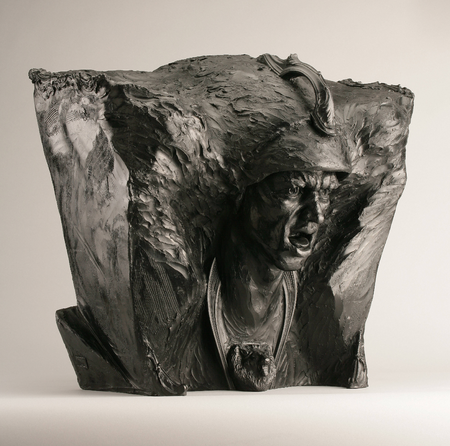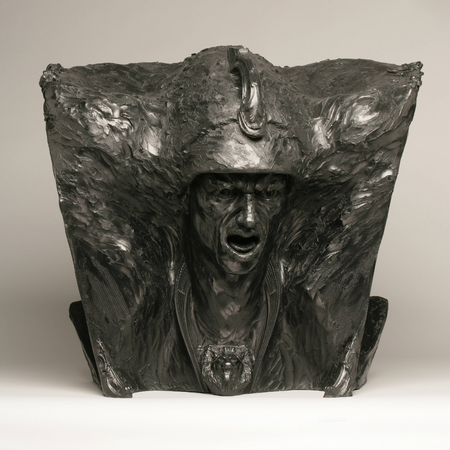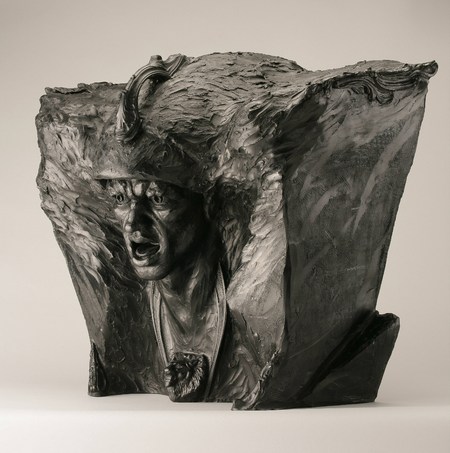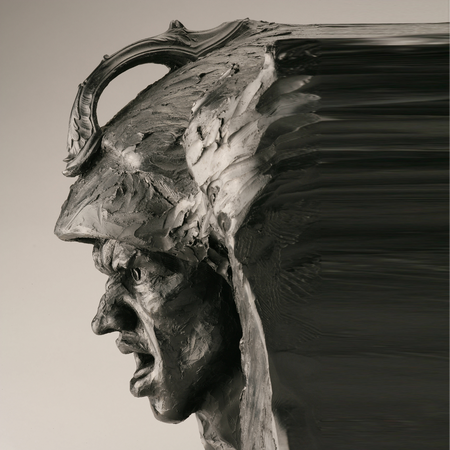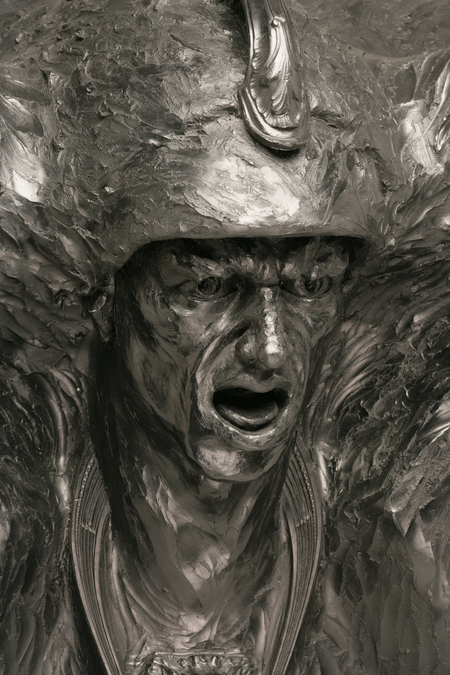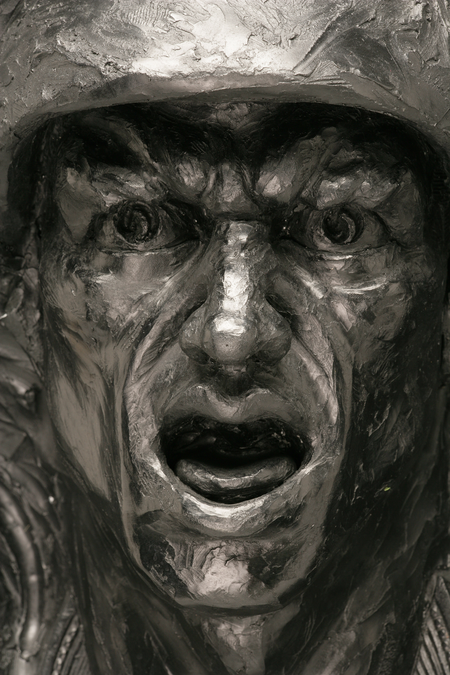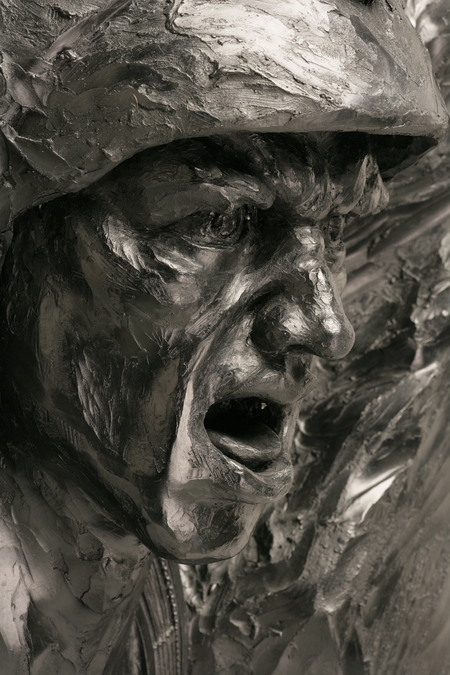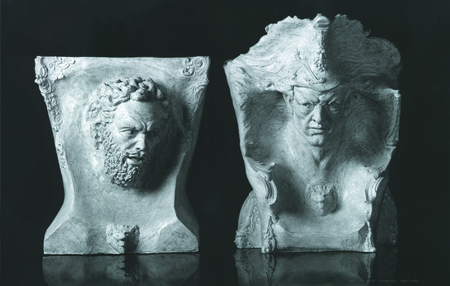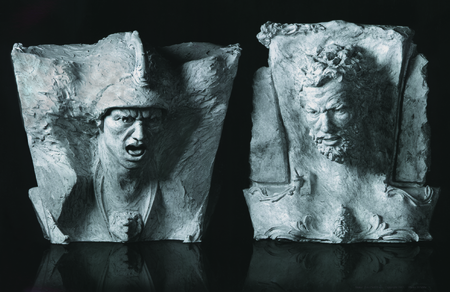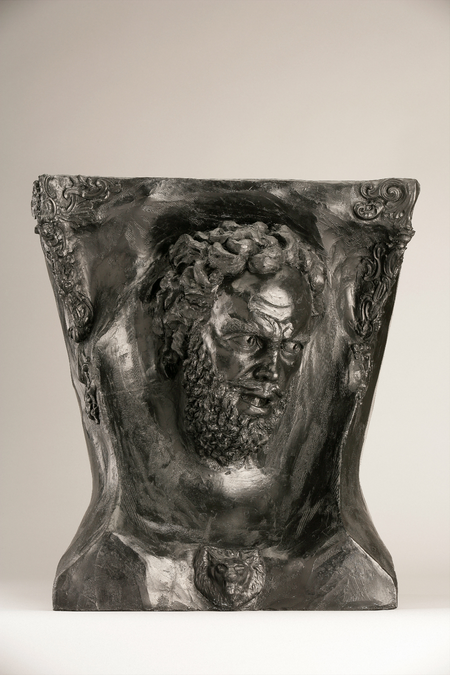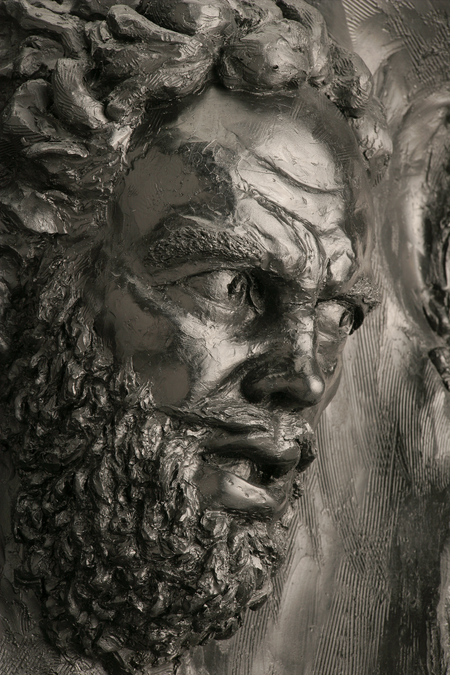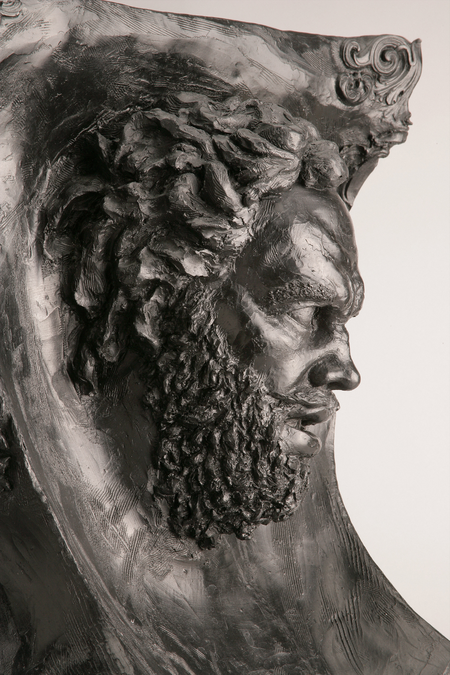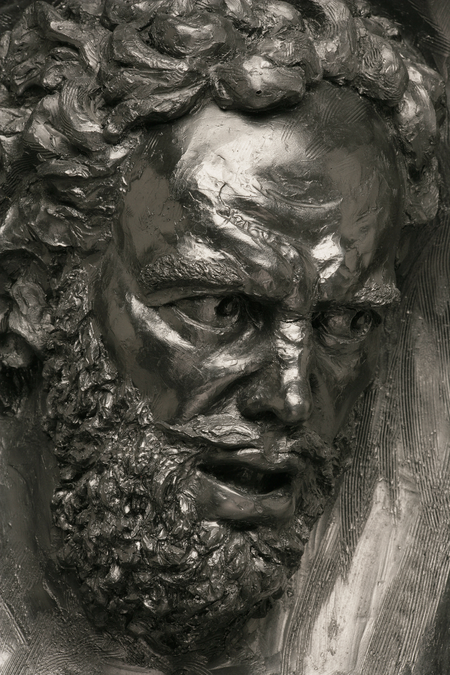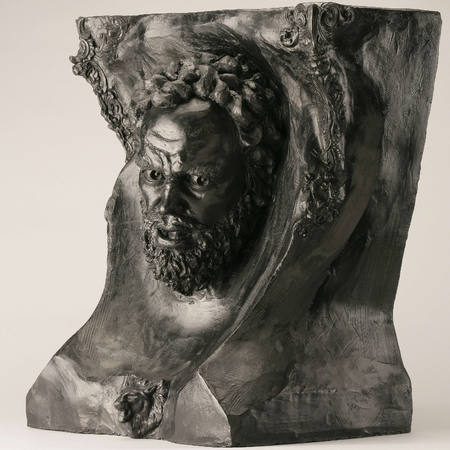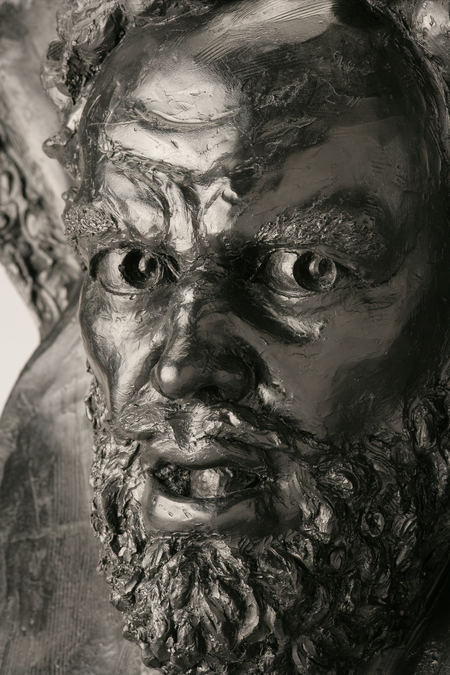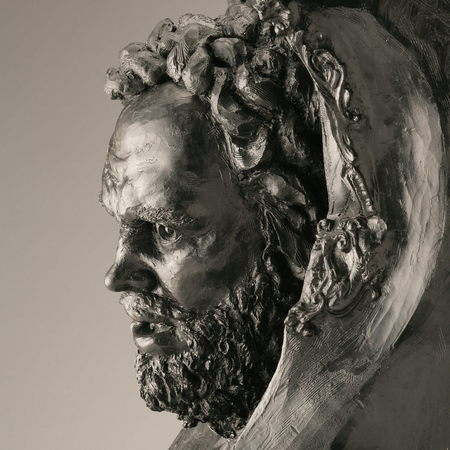The Figure
Les Clefs D’arc / The Gargoyles
This Sculpture is presently FOR SALE
Please Contact me on my Profile Page BTC and SOL Accepted
The Spirits of the Pediments
In pagan times, this type of image was placed over the entrance of buildings and temples to avert the forces of evil and ward off unwanted spirits. They may have evolved from the mythological characters known as the Gorgons who were said to be the guardians of the entrance to Hades. Later, due to the suppression of pagan ideologies and traditions by the Church, these images were repurposed as merely architectural decoration, and the knowledge of their original purpose was suppressed.
Series of Four Life-size Portraits
Les Clefs D’arc
The incongruously pagan nature of these cathartic creatures, found on early Christian churches and palazzos in Europe, impressed the artist at a young age and were among the first works to mark the artist’s interest in mythological themes. These powerful life-size portraits are meant to depict some of the mythological creatures that may guard the passage to Hades. The word Gargoyle is thought to have evolved from the Gorgons, who were found before the entrance to the underworld and accompanied Grief and Anxiety, along with Diseases and Old Age, Fear, Hunger, Death and Agony.
The work are to be shown in pairs, placed back to back, with one side depicting the warrior or the demon defending this mythical domain and, on the opposite side the portrait representing the peaceful, yet sometimes unhappy existence known to the dead in the Underworld.
The Gorgons
According to the myth, the Gorgons were said to be monstrous creatures covered with impenetrable scales, with hair of living snakes, great tusks like swine’s, brazen hands and golden wings. There were three sisters Medusa, Stheno and Euryale of whom only Medusa was mortal, and whose charge was to guard the entrance to the underworld. It was said that they were a race of warlike women who turned to stone all those who beheld them.
Still others say that Medusa was a beautiful woman with magnificent hair and that she attracted many suitors. This legend tells of how Poseidon seduced Medusa in the temple of Athena and, to punish this act, Athena changed Medusa’s hair into snakes. Later Perseus was sent to seek out Medusa and return with her head. In order to perform this task, Perseus was given several items, among them the helmet of Hades, which made him invisible, and a brazen shield in which he could see the mirror image of Medusa. This he used so he would not need to look directly at her, and it is said that it was Athena who guided his hand. Perseus placed the head in a purse, which he then used to defeat his enemies by showing them its contents and changing them to stone. When he returned he gave Medusa’s head to Athena, who inserted it in the center of her shield. It is sometimes said that Medusa was beheaded for Athena, as she alone was equal to Athena in beauty.
A sculpted head of a Gorgon was often placed above the portals on temples and upon grave markers to avert the forces of evil, and also on the shields of soldiers, as on the shield of Athena.
